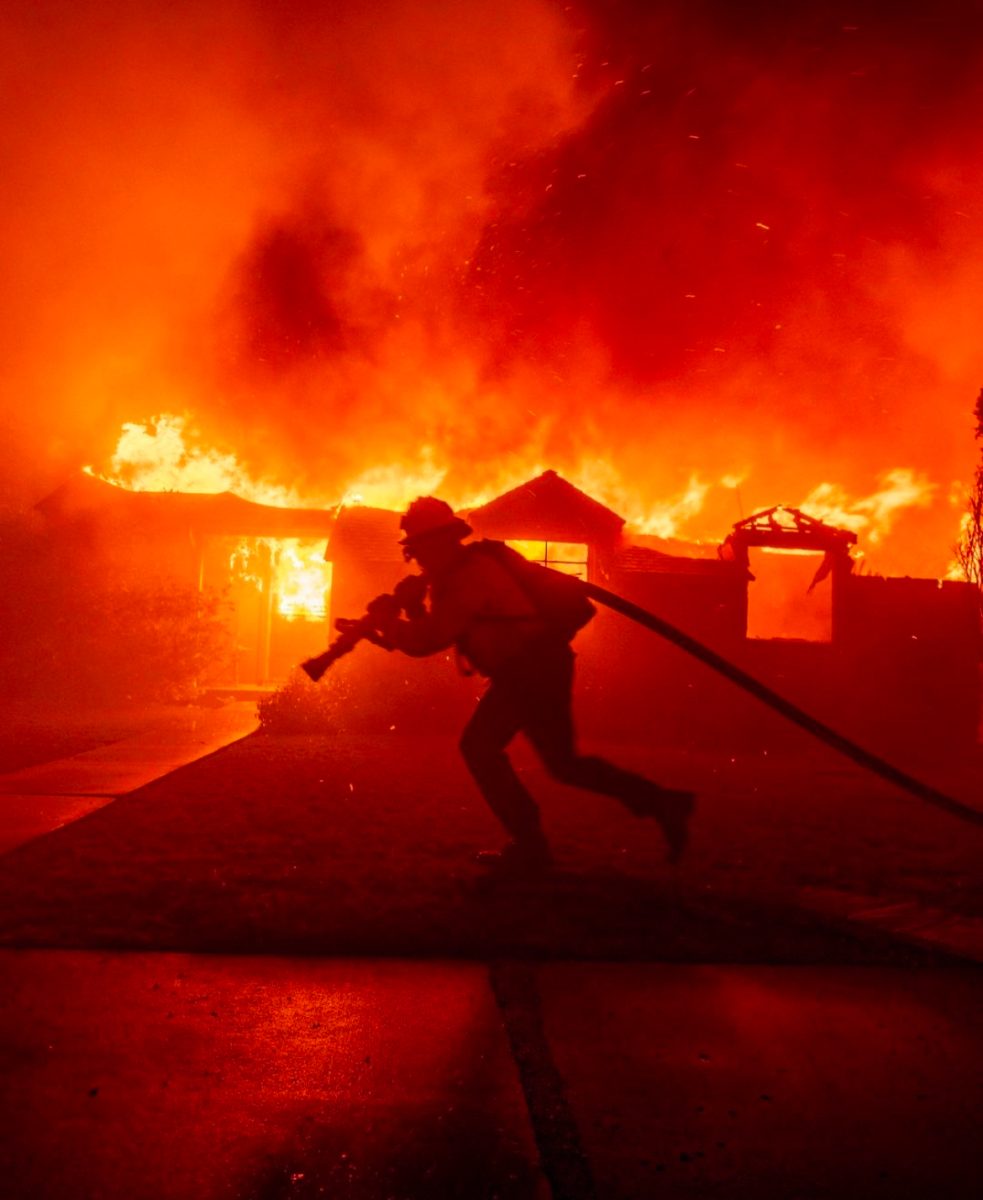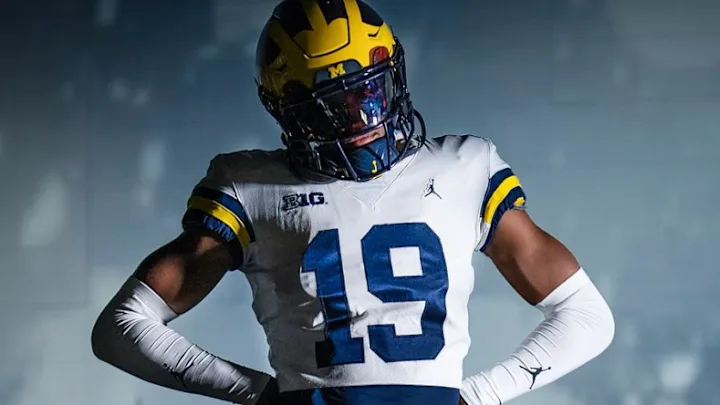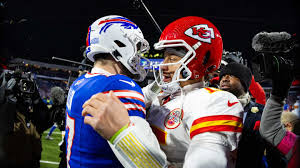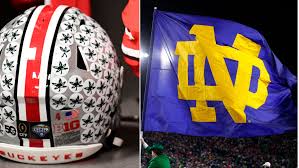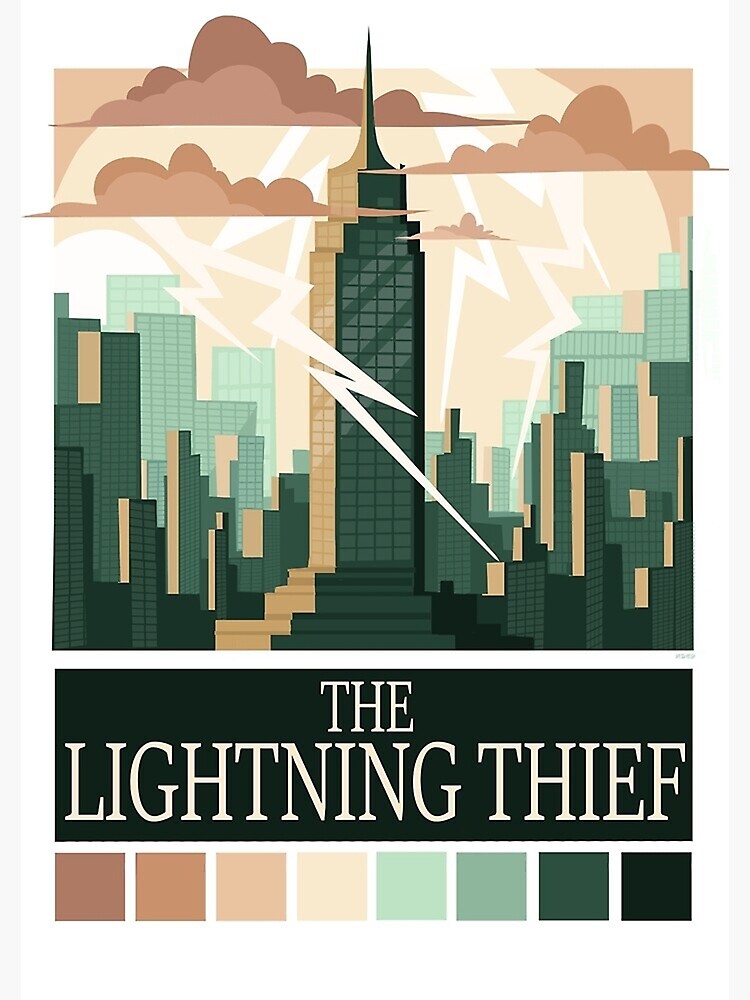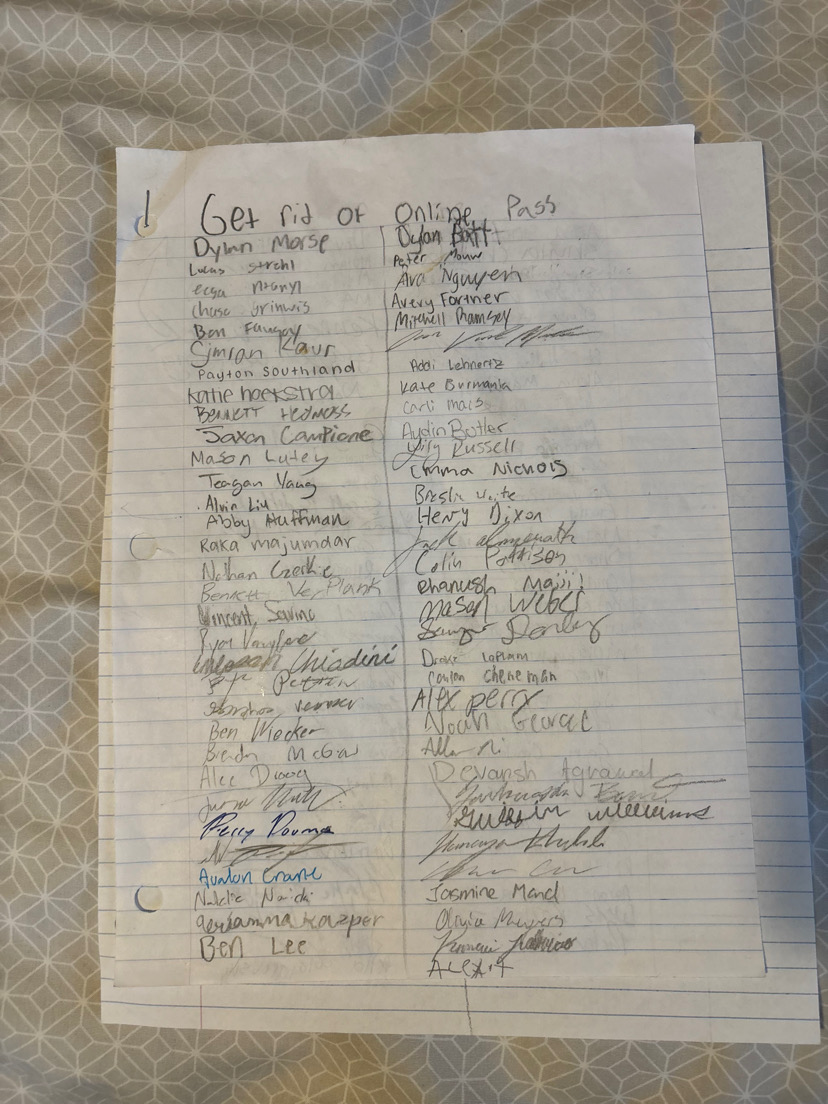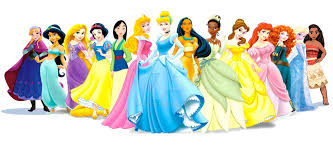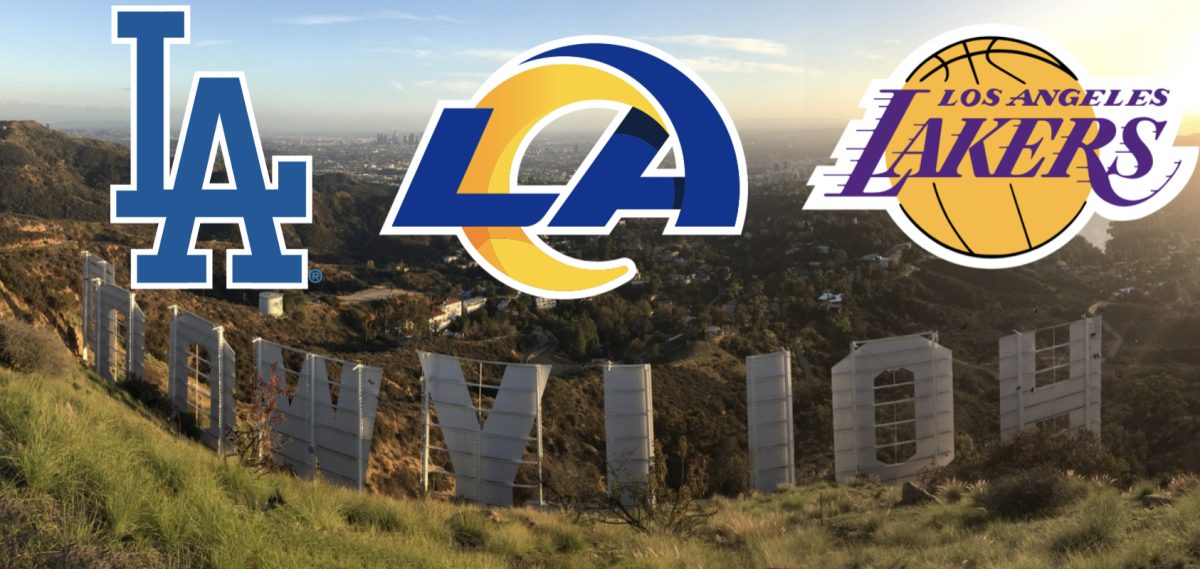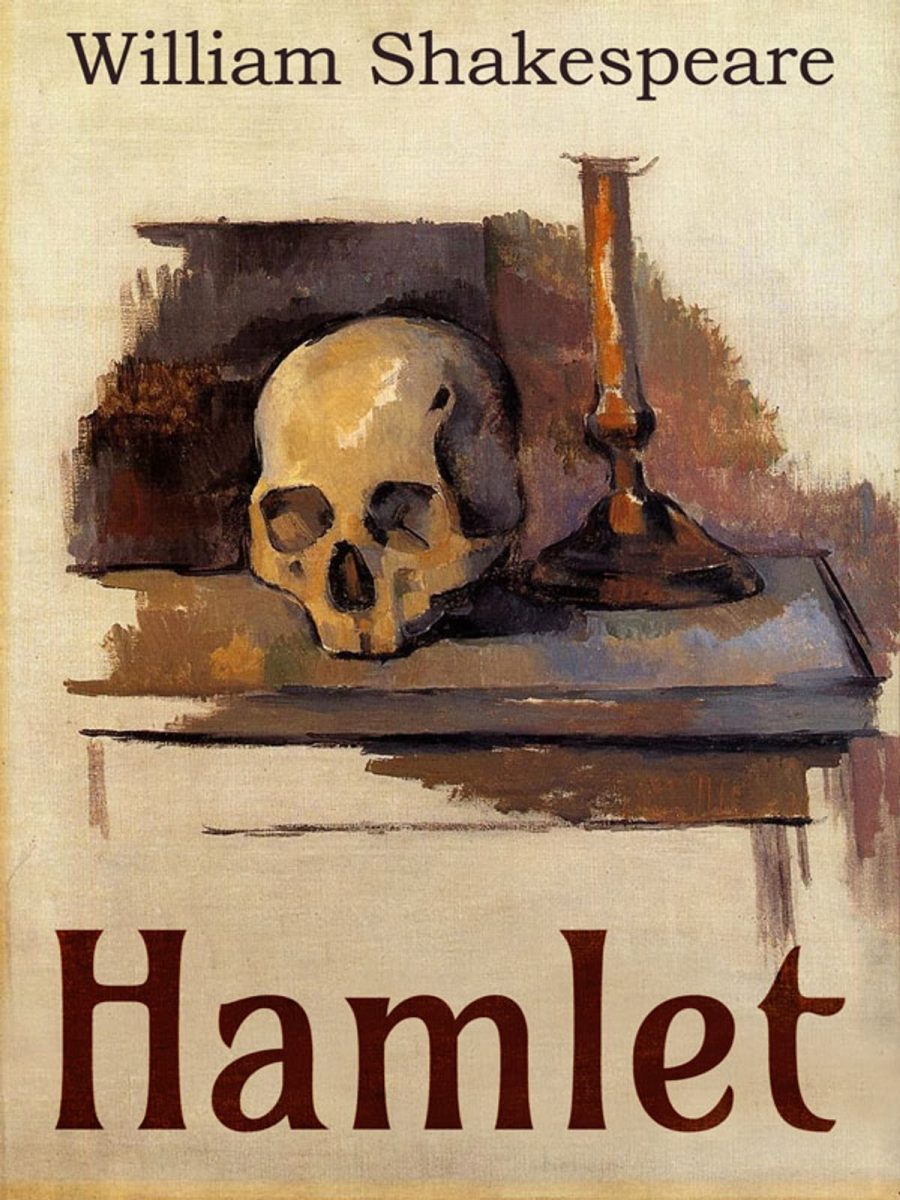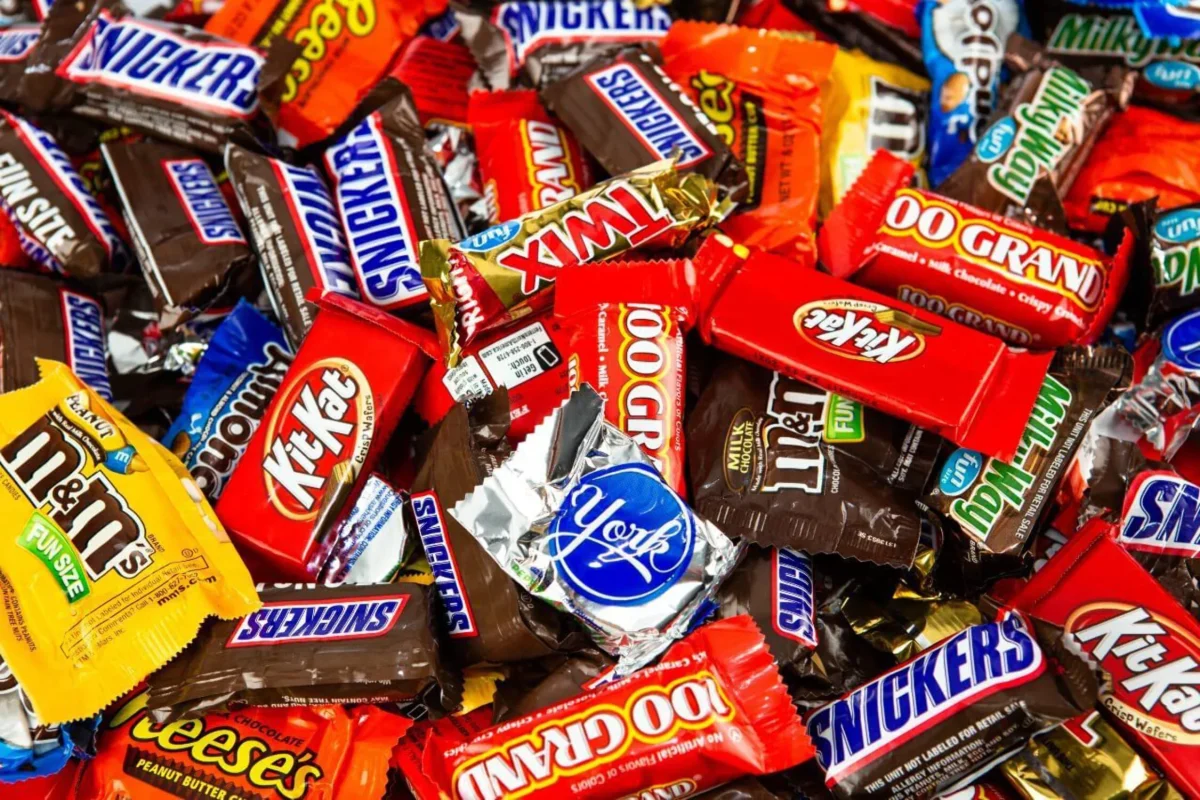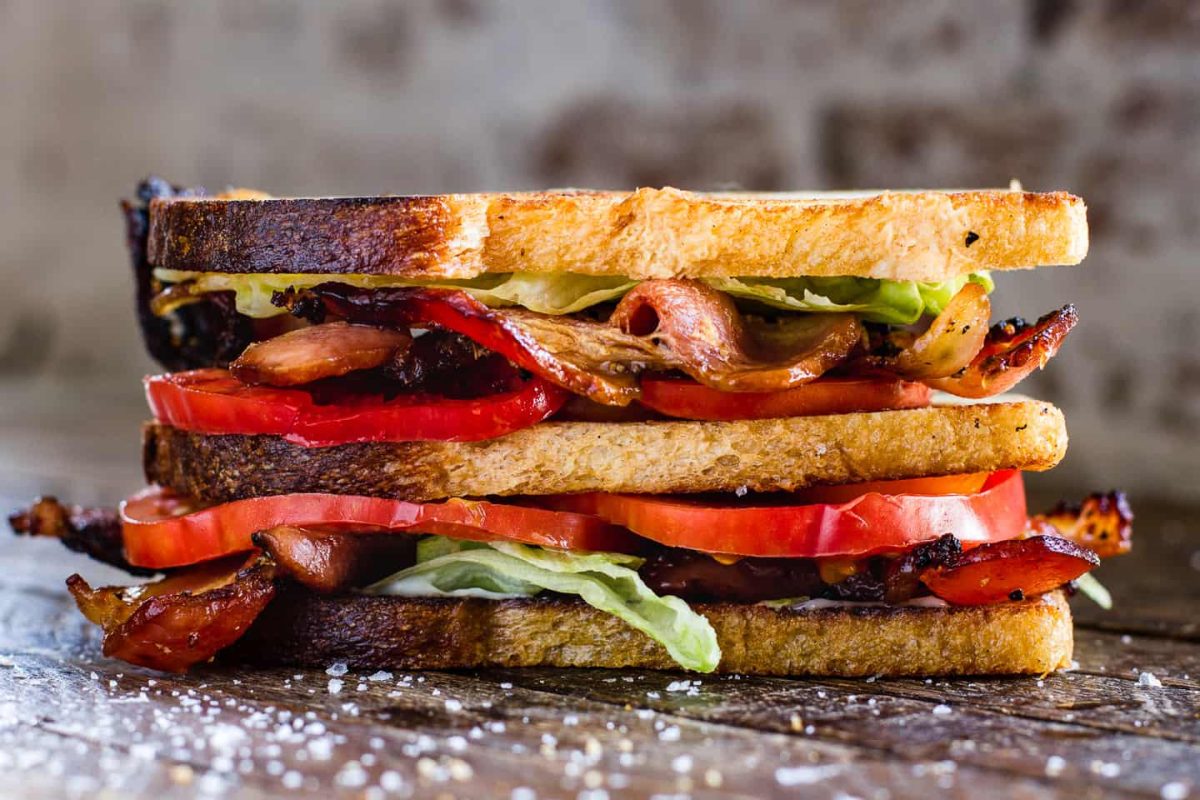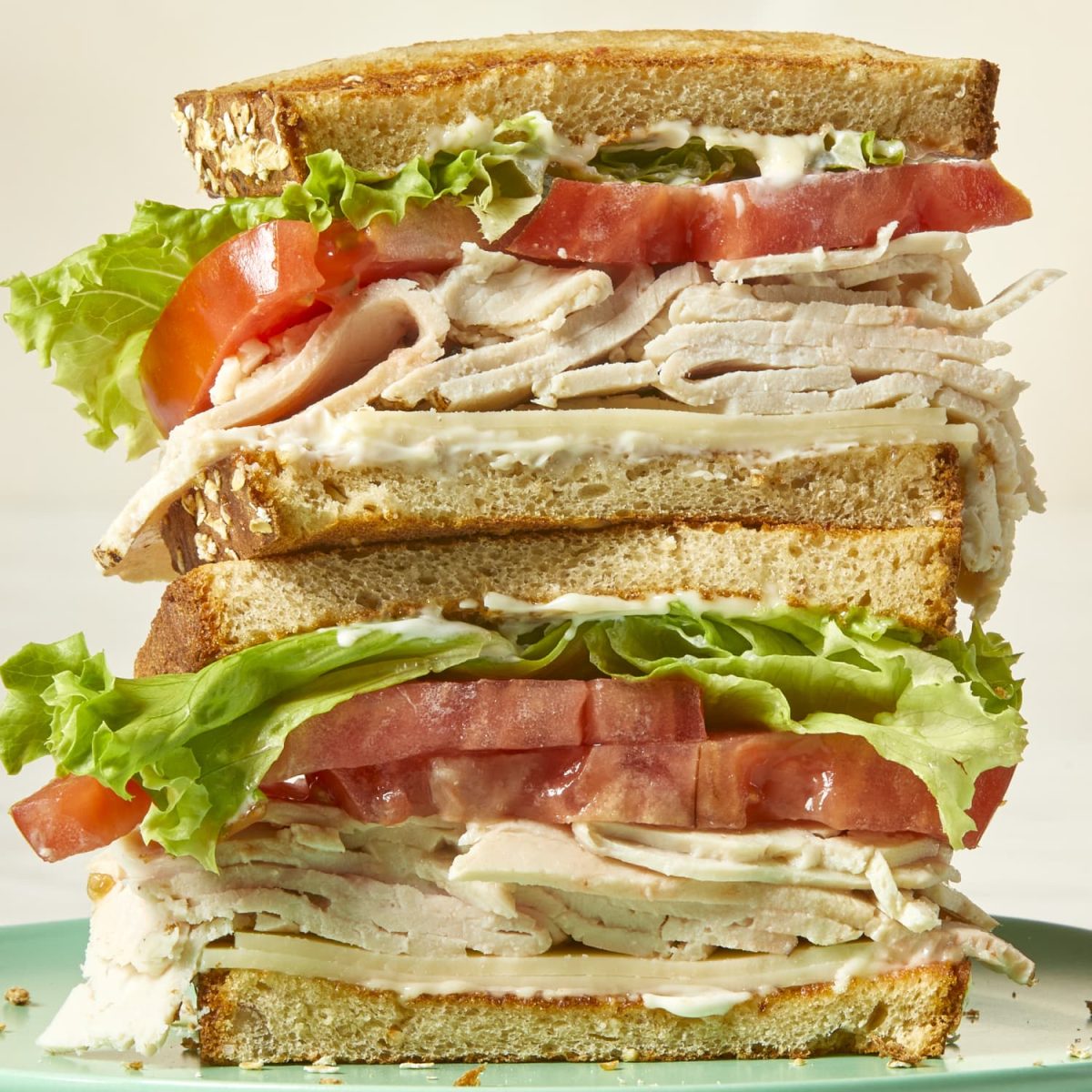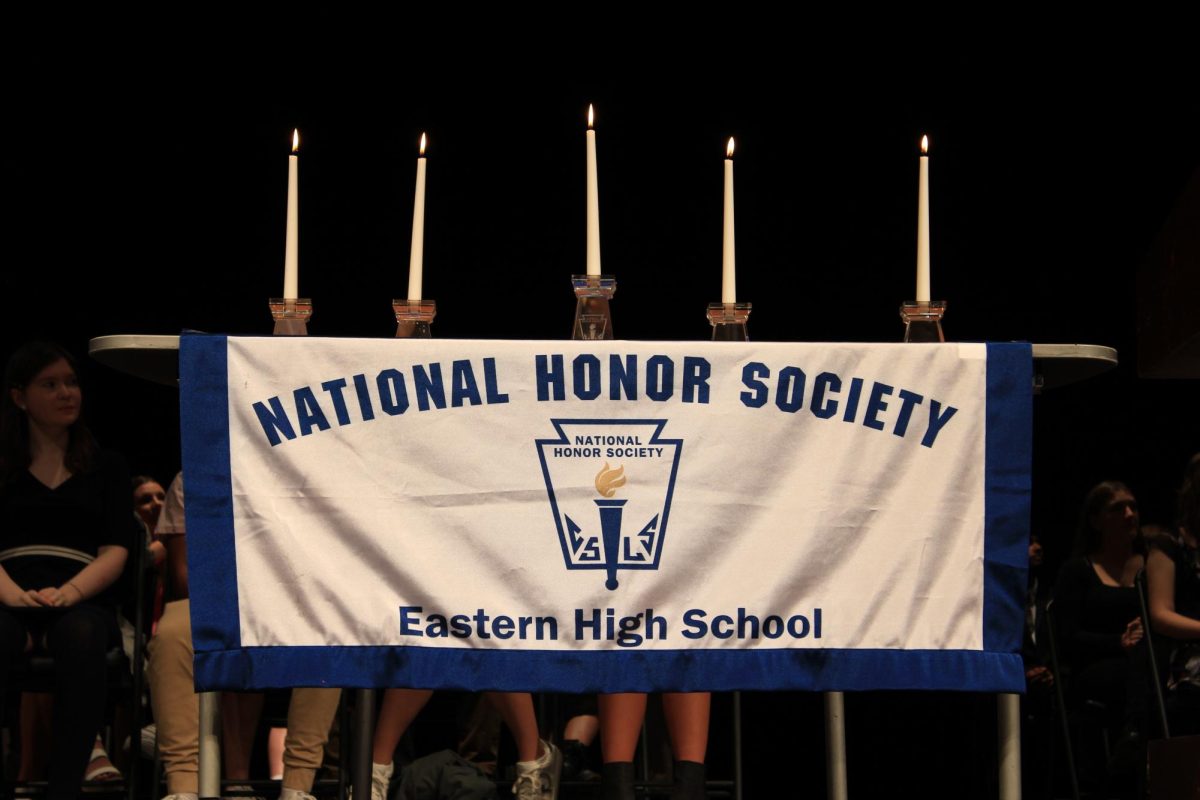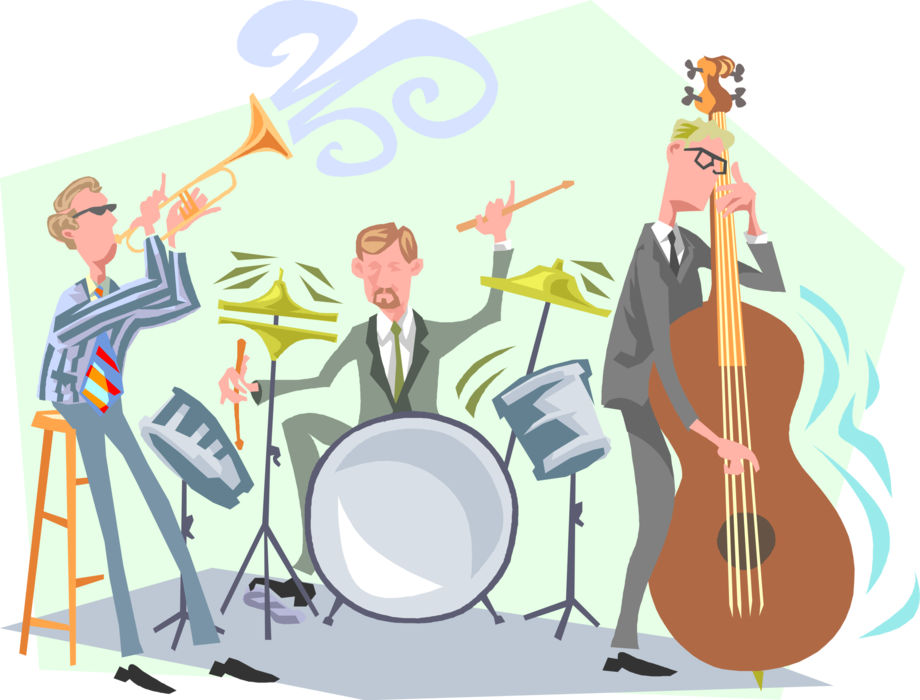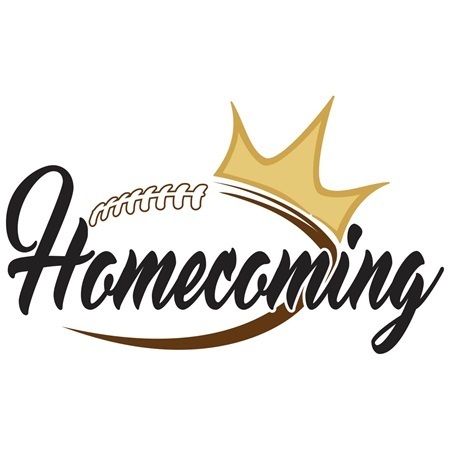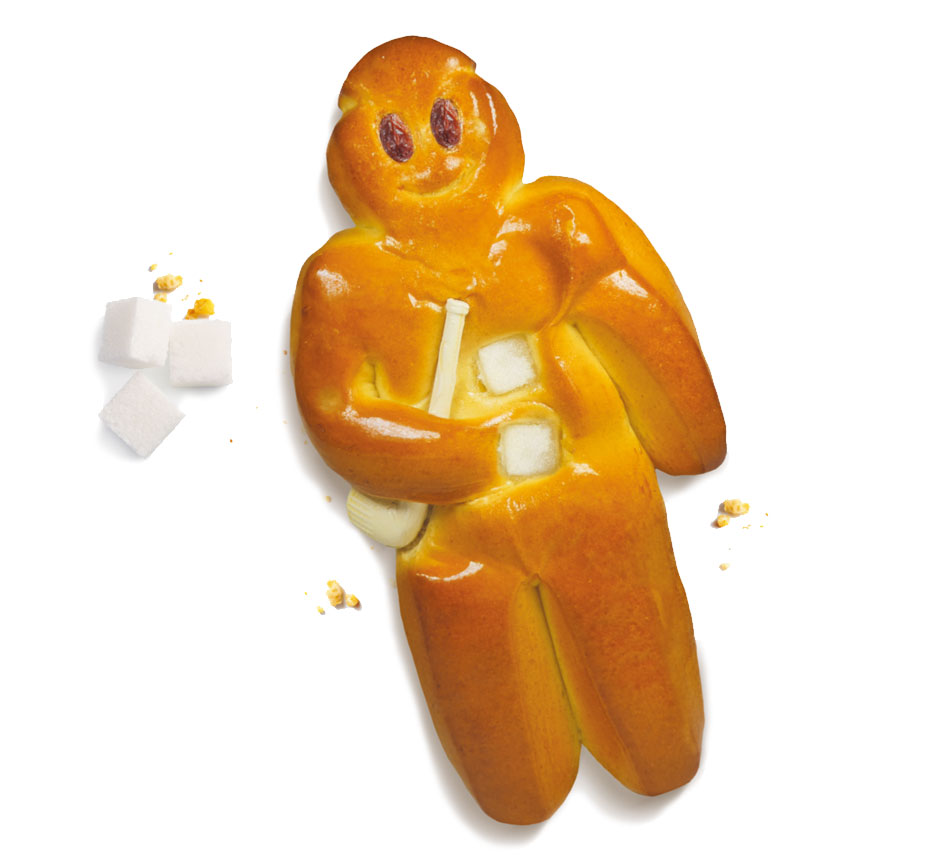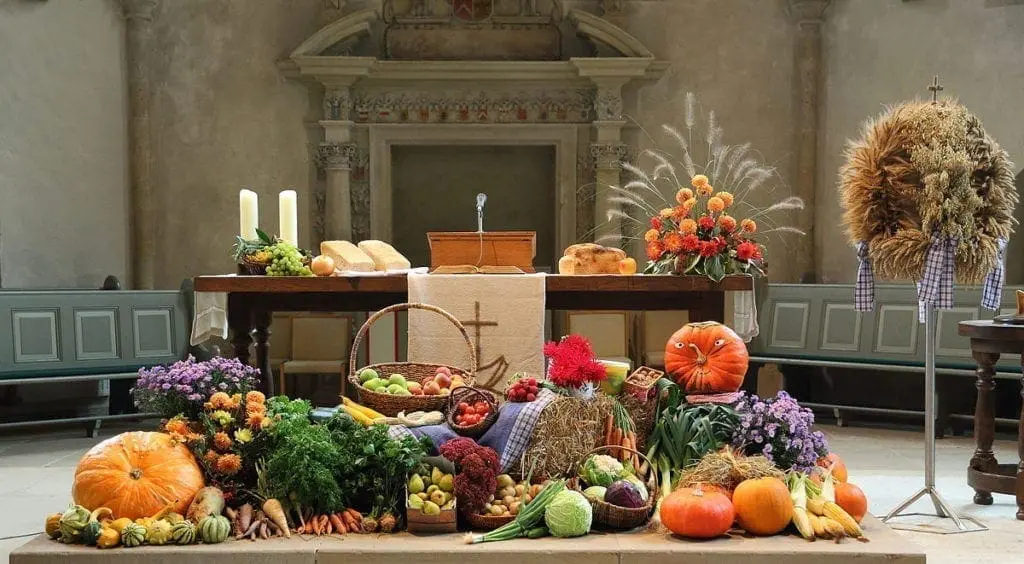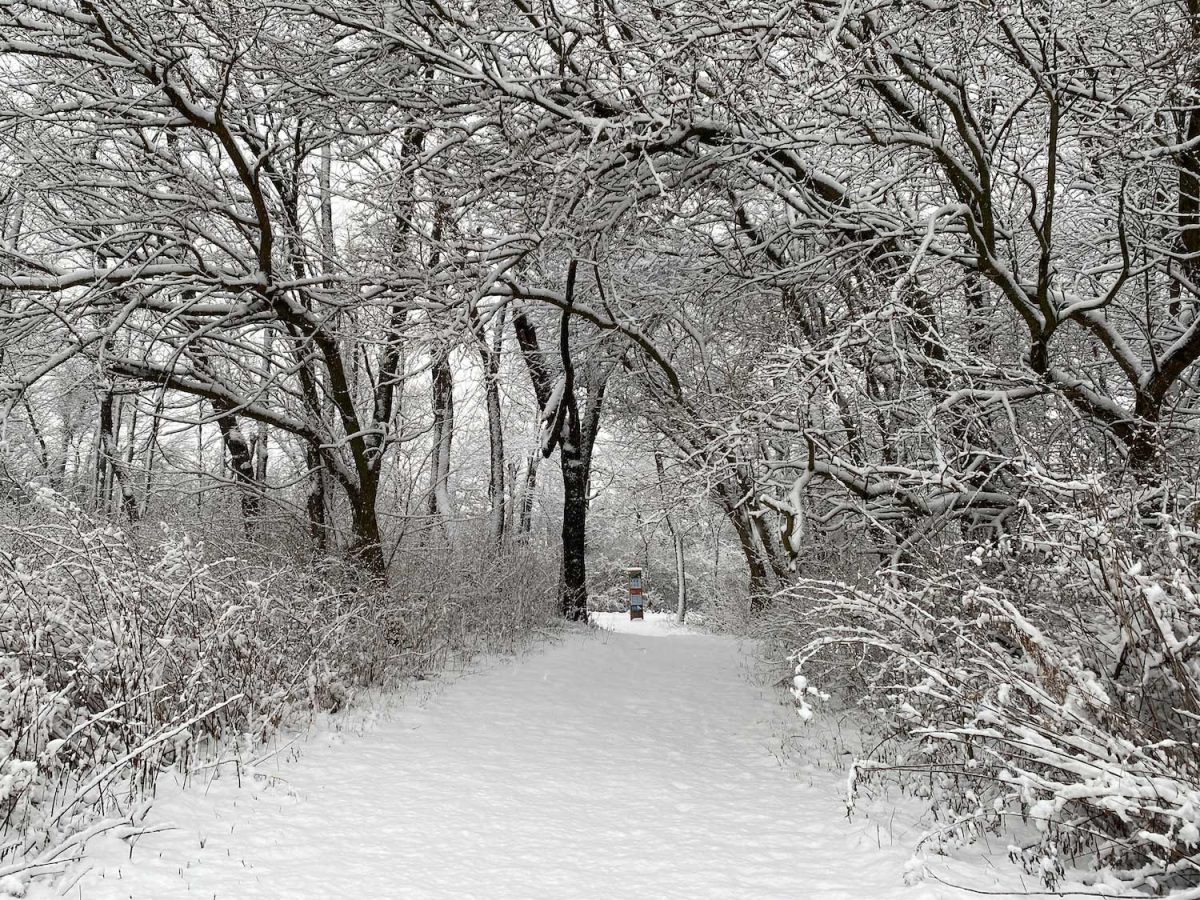Changing leaves are fading from green to orange, and the warm summer breeze is shifting to crisp autumn air. The fun adventures are ready to begin.
September 22 is the Autumnal Equinox, marking the first official day of fall. This season goes by many names: fall, autumn, and harvest. Harvest was the original name for the season in the tenth century, before weaning out of use in the 1700s as it was considered outdated. It then changed to the term autumn, which became popular in the English language, and by the 1800s, the United States began to use this term frequently. Shakespeare and Chaucer, two well-known writers from Medieval times, even used this term within their own writing. However, the name for this season changed once again to the word commonly heard today: fall. This name became increasingly common as it was a more simple, and easier term to say. Despite the differences in spelling and pronunciation, all of these terms originate from Latin.
While fall is popular for its beautiful colors, tasty foods, and sweater weather, it also has numerous popular activities. But where did these fall traditions originate from?

Corn mazes are one of the most common, and popular traditions in the U.S. today. Families and friends gather to find their way through a maze of corn.; some include clues that can be revealed based on riddles, while others provide no help, allowing groups to search blindly. Despite its popularity, this tradition remains fairly new. The first corn maze was created in 1993 by Don Frantz and Adrian Fisher at Lebanon Valley College in Annville, Pennsylvania. It quickly became a well-attended family and friends event, spreading across the country.
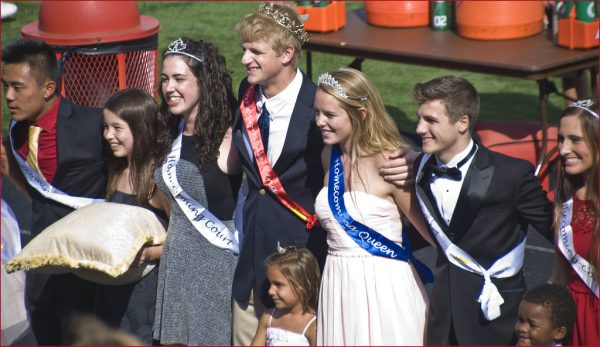
Another tradition celebrated across the U.S. is one found in many high schools: homecoming. This is a dance set around the beginning of fall. Students gather at the school, bringing either friends or a date to have a good time. This dance originated in 1911, following a football game at the University of Missouri. After this, homecoming became a nationwide annual event where college students would attend the dance following the first football game of the season. This later led more students, including high schoolers, to participate.

Halloween and Trick-or-Treating is another common event in the United States. Children dress up in their favorite costumes and go door to door saying the phrase, “Trick-Or-Treat” for candy. Despite the length this tradition has been around for, time has inspired little change for this tradition. Halloween played a large role during autumn, dating back to the Middle Ages. The U.S. started participating in Halloween between the 1920s and 30s, before being put on a temporary halt due to World War II and sugar rations. Following this momentary pause, in the 1950s Trick-Or-Treating began to once again become common. Since then, Halloween has been one of the biggest traditions the U.S. celebrates.
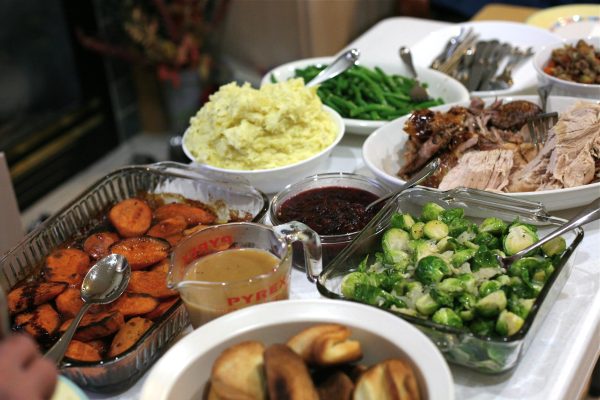
Finally, Thanksgiving; as one of the most celebrated holidays in fall, almost 90 percent of Americans gather on November 24 to celebrate the autumn harvest. Friends and family share meals that traditionally consist of turkey, stuffing, mashed potatoes, green beans, and pumpkin pie. Aside from sharing food, Thanksgiving is a way for loved ones to spend quality time together. The origin behind this tradition began in 1621 as a harvest feast between English colonists of Plymouth, and the Wampanoag Native Americans. Turkey was not the original food served at a Thanksgiving meal, but instead stuffed birds with onions, herbs, and nuts. Thanksgiving has changed and developed in numerous ways throughout the centuries, but the tradition itself still remains.
With all of the activities the season offers, fall continues to remain one of the most favorite times of the year!

